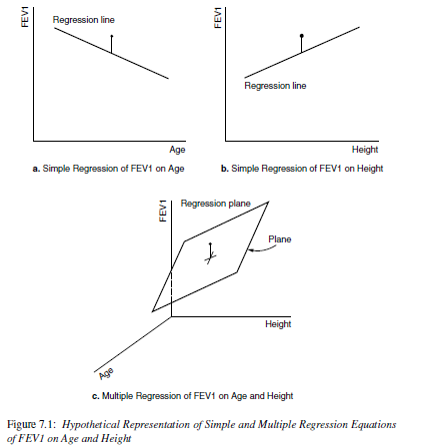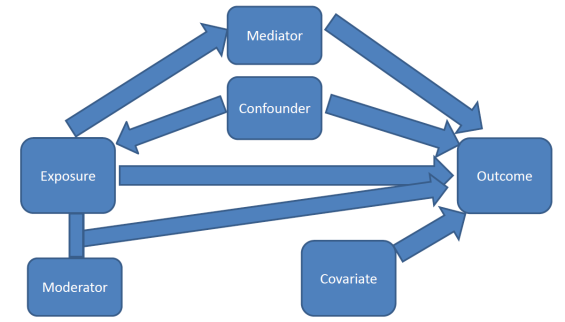Code
library(tidyverse) # general use
library(performance) # model diagnostics
library(gtsummary) # regression tables
library(broom) # tidy regression output
fev <- read.delim("https://norcalbiostat.netlify.com/data/Lung_081217.txt", sep="\t", header=TRUE)
load("C:/Box/Data/AddHealth/addhealth_clean.Rdata")
#load("C:/Users/rdonatello/Box/Data/AddHealth/addhealth_clean.Rdata")




